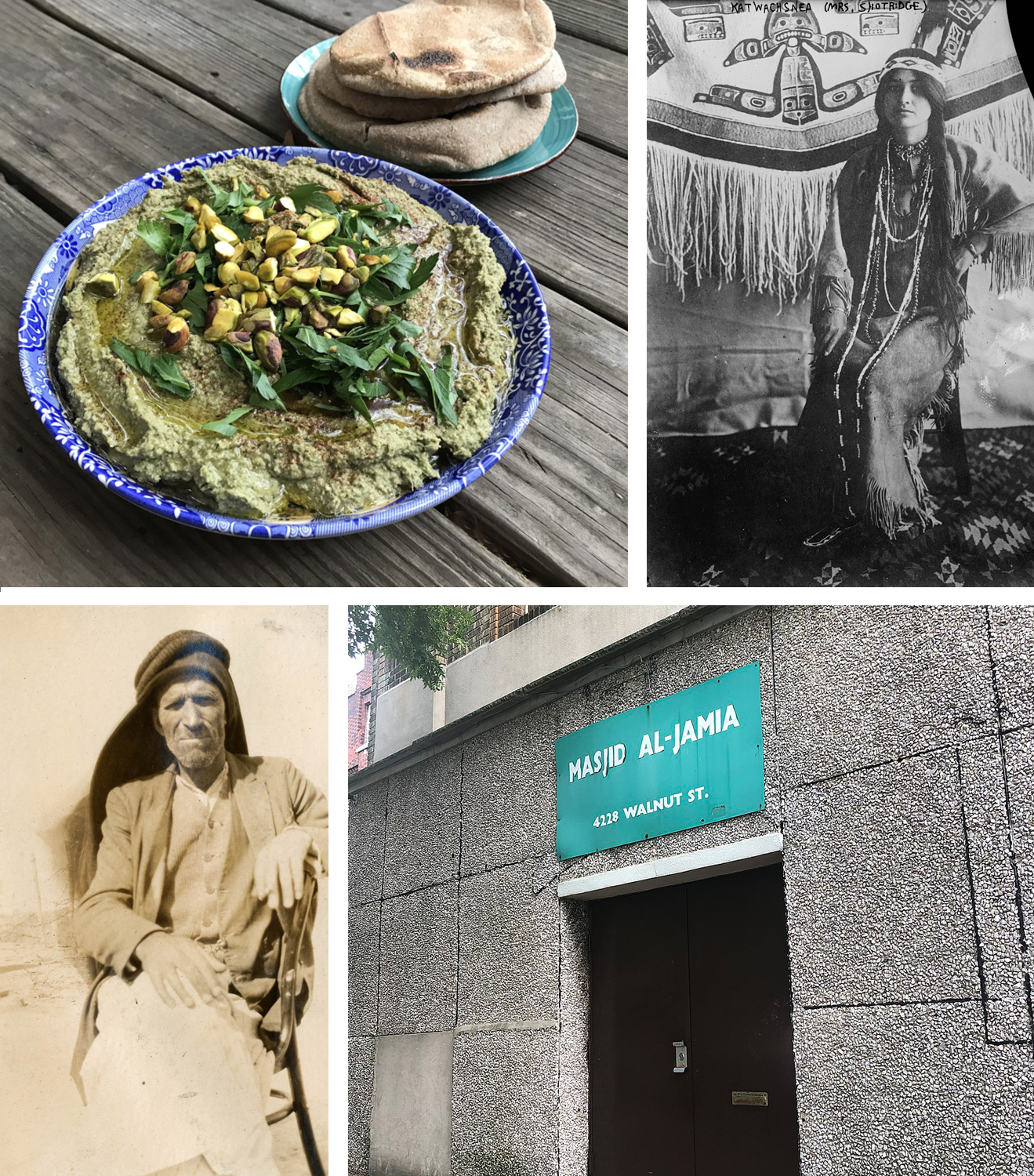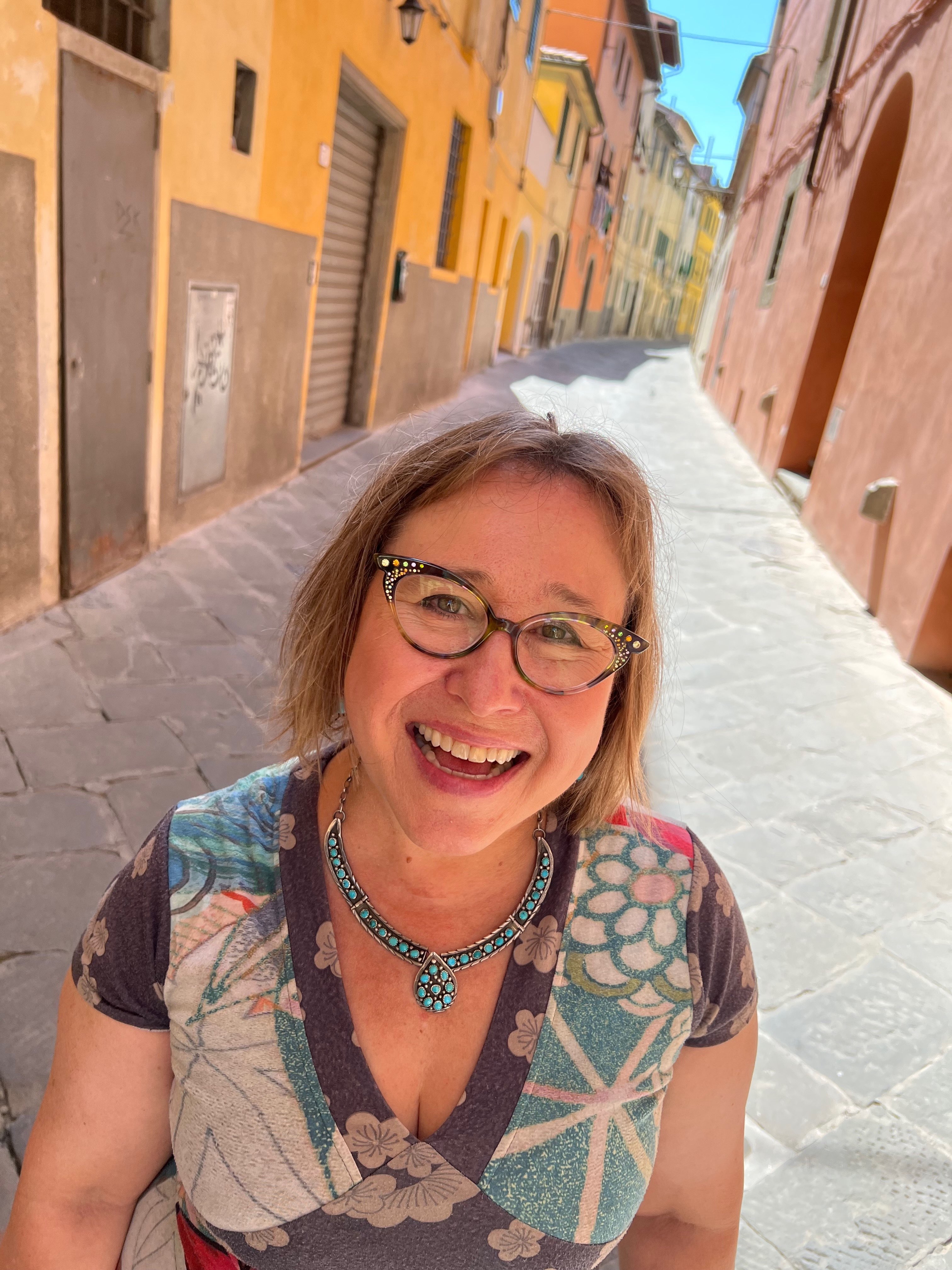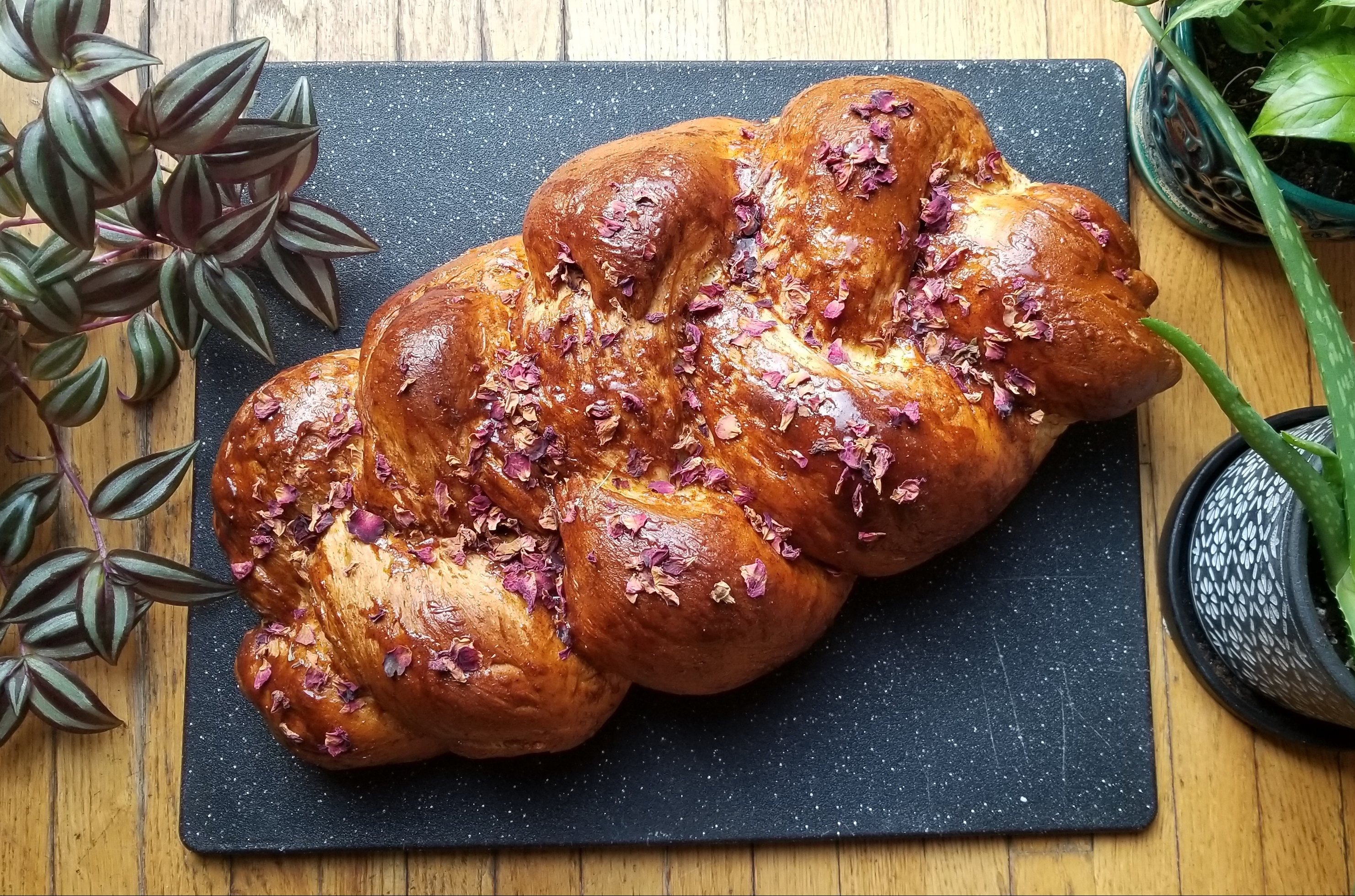For years, Heather Sharkey has pushed her students to publish the work they produce for her classes.
“What sets Penn apart is that you can do original research here, and that is as true in the humanities as in the sciences,” says Sharkey, a professor of Middle Eastern and North African history. “My students do great work, and they do original work, and a lot do publish in online and print journals.”
More recently, though, Sharkey has also become focused on involving students in the creation of public-facing scholarship, work that will have lasting benefit to the wider public. And few places are more public-facing than Wikipedia, one of the most visited websites in the world.
Sharkey long admired Wikipedia’s commitment to encyclopedic and universal sharing of knowledge but was dismayed a few years ago when she read about the underrepresentation of women and other groups on the site. Then she saw a Penn Libraries blog that mentioned the Wiki Education Foundation, which offers free tutorials to educators and students. One of the foundation’s goals is to increase representation, not only of different groups but also subjects and places.
Since 2019, Sharkey has partnered with Wiki Education, and she has made writing for Wikipedia and other sites part of all her seminar classes, involving students from first-years to Benjamin Franklin Scholars to Ph.D. candidates. Through this work, they’ve created new entries for subjects important in Middle Eastern food and cooking, like Syrian American Helen Corey and Afghan Australian Durkhanai Ayubi. They’ve added people connected to the Penn Museum in all sorts of ways, from Florence Shotridge, an Alaska Native ethnographer, to Hammoudi ibn Ibrahim, an archaeological foreman who worked on the Penn Museum and British Museum Excavations at Ur. They’ve included artists like Bibi Zogbé, a Lebanese-born Argentinian painter, and figures such as Najeeb Mitry Saleeby, a Lebanese American physician who advocated for Filipinos.
Many of the subjects have a Penn connection. “It’s important that students are aware of their own roles in history and how we are custodians,” Sharkey says, “but also that we’re making history as we’re living it.”
Learning the Ropes
The students start by completing the Wiki Education tutorials. Sharkey also has them examine Wikipedia itself, reading studies by anthropologists, political scientists, and other scholars.
Each student warms up by finding an existing article connected with the class subject to expand or improve—sometimes a surprisingly tricky task. “I picked one article [on sabich, an Iraqi Jewish sandwich] and couldn’t find any information to add,” says Madison McCullough, Nu’23, who took Sharkey’s Food in the Islamic Middle East course for Benjamin Franklin Scholars her senior year. She had to carefully sift through the article, making sure she knew what was currently stated and referenced, to determine what she could add. “And then actually finding something that can be added is a whole different ballgame,” she says.
McCullough tried again, this time with Israeli snack food Bamba. She found a research paper that suggested children who ate Bamba as infants might have a lower rate of peanut allergies, and added that information to the Wikipedia entry, linking to the study itself. “I found that really interesting,” she says.
Sharkey then gives the classes topics for original Wikipedia articles that they work on in teams. In the past year, the students in her first-year seminar, The Middle East through Many Lenses, created articles on sites in Mosul, Iraq, that Penn archaeologist Richard Zettler is involved in restoring, like Beit al-Tutunji, an 18th-century merchant’s house, and Qara Saray (meaning “The Black Palace”), the ruins of a medieval castle. They also wrote about Masjid Al-Jamia, a Sunni mosque in West Philadelphia founded by Penn students in 1988.
The students in her Middle East food seminar wrote a Wikipedia article about Hélène Jawhara Piñer, a French-Spanish historian who is an expert on medieval Sephardic Jewish cuisine. This past semester, when Piñer visited Penn to give a lecture for the Jewish Studies Program, she also came to Sharkey’s class to meet the students and discuss their work—one of many related guests and visits Sharkey arranges for her courses. “She helps you realize that this isn’t just a class,” says Isobel Welsh, C’26, a student in the first-year seminar. “You could take this a lot farther.”
That includes using the skills they learn writing for Wikipedia, like how to conduct research or make sense of unclear or inconsistent sources. “And then [there are] the ethics of writing and having to strike the right tone, especially when you’re dealing with potentially sensitive subjects,” Sharkey says, “and adhering to copyright, which is a big one. There are not a lot of ways out there to get hands-on experience for figuring out copyright rules, which are really arcane.”
Challenges can crop up at every stage; the students writing about the Qara Saray had to figure out how to get a good translation, including of architectural terms, from a German source. When possible, the students also take their own photos, learning about another angle of copyright, and adding them to Wikimedia Commons for others to use.
Finally, they submit each article to Wikipedia’s anonymous refereeing process, which is rigorous. “There are a lot of editors, and some of them specialize on the topics we write about,” says Sharkey.
It’s important that students are aware of their own roles in history and how we are custodians, but also that we’re making history as we’re living it.
“It’s simple to get it up there. It’s just tougher to keep it up there,” says Jaydin Clark, C’23, who took the food history class. “I got a feel for how much of a community Wikipedia is, especially among Wikipedia editors. There are all kinds of heated discussions and debates.”
Sharkey waits until the articles are anonymously reviewed before she gives the all-clear. “That’s when you know your article’s standing,” she says. “Then I share the link with the students, and I tell them to tell everybody. And they tell me how their family members and friends and neighbors are amazed that they wrote this. I think it makes them really proud, too, because they never would’ve thought they would be writing an article on a medieval palace complex in Iraq.”
The Bigger Picture
The Wikipedia aspect of Sharkey’s scholarly work and teaching has bloomed in the past four years, moving beyond the classroom. She has given talks at forums such as the Creative Commons Summit and Wikimania, the international conference of the Wikipedia movement, where her panel was translated into Arabic, Chinese, French, Spanish, Russian, and Brazilian Portuguese. She and one of her students were invited to speak at OpenCon in Philly, an organization working to make research and education more open and equitable. She’s even arranged a Wiki-thon through the Penn Museum that involved undergraduates and graduate students. “My teaching and my research have increasingly become interconnected,” she says.
The students reap the benefit, not only by making Wikipedia a resource that better represents the people, places, and things of the world, but also by gaining insight into why broadening a tool like Wikipedia is so important.
“When students actually publish their work, it comes with a sense of exhilaration and accomplishment that is really unrivaled. There’s nothing that compares,” Sharkey says. “It gets them excited. They realize the possibilities. A lot of times they never thought that they had something to say, and then they realize they do. Many students have told me that it went on to help their careers, it helped them get jobs, it led to other jobs, it led them on career tracks.”






